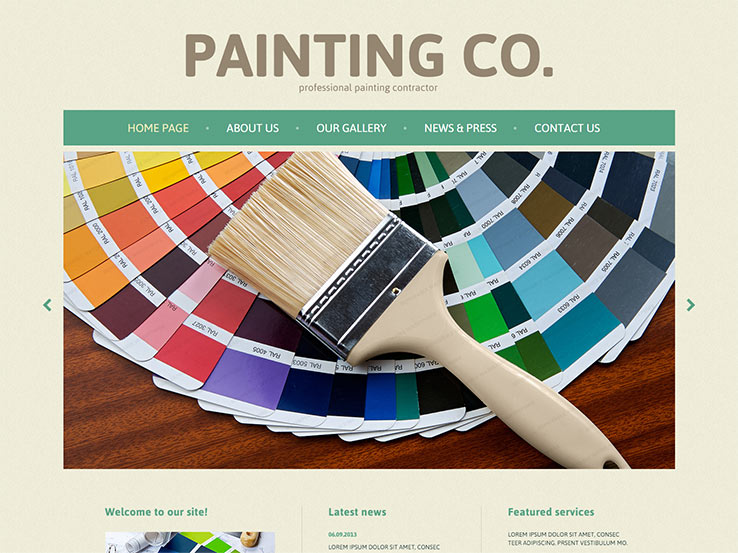Learn About The Ways In Which Seasonal Factors Can Influence The Success Of Industrial Exterior Paint And Identify The Very Best Times To Achieve Enduring Outcomes For Your Project
Learn About The Ways In Which Seasonal Factors Can Influence The Success Of Industrial Exterior Paint And Identify The Very Best Times To Achieve Enduring Outcomes For Your Project
Blog Article
Developed By-Ford Bagger
When you're planning a business external paint task, seasonal factors can make or break your outcomes. painter crystal, mn 'll wish to consider just how temperature and humidity impact paint application and drying times. Choosing the ideal season can ensure your paint adheres appropriately and lasts much longer. However which seasons are absolutely the best for this kind of work? Allow's explore the key elements that can affect your task's success.
The Influence of Temperature Level on Paint Application
When you're intending a business external painting project, the temperature level can significantly affect exactly how well the paint sticks and dries out.
Ideally, you intend to repaint when temperatures range between 50 ° F and 85 ° F. If https://arthurlwhsb.activablog.com/33452252/on-the-quest-for-a-fresh-face-lift-for-your-home-uncover-the-secrets-to-choosing-the-excellent-paint-shades-and-preparing-your-space-for-a-remodeling 's also cold, the paint may not heal correctly, causing concerns like peeling or breaking.
On the other hand, if it's too warm, the paint can dry as well rapidly, stopping appropriate adhesion and causing an uneven coating.
You ought to additionally take into consideration the time of day; morning or late afternoon provides cooler temperature levels, which can be more desirable.
Constantly check the maker's recommendations for the particular paint you're using, as they often offer support on the optimal temperature range for optimal results.
Humidity and Its Result on Drying Times
Temperature isn't the only environmental variable that influences your business outside paint project; moisture plays a considerable duty also. High humidity levels can reduce drying out times drastically, impacting the total top quality of your paint work.
When the air is filled with wetness, the paint takes longer to cure, which can bring about problems like bad attachment and a higher risk of mildew growth. If you're painting on a particularly humid day, be planned for prolonged delay times in between layers.
It's crucial to keep an eye on regional weather and strategy appropriately. Preferably, aim for moisture levels between 40% and 70% for optimum drying.
Maintaining these factors in mind ensures your job stays on track and supplies a long lasting coating.
Best Seasons for Commercial Outside Painting Projects
What's the very best season for your business outside painting projects?
Spring and early fall are typically your best options. During these periods, temperatures are mild, and humidity levels are typically reduced, developing ideal conditions for paint application and drying out.
Stay clear of summer's intense heat, which can trigger paint to completely dry too promptly, leading to bad attachment and coating. In a similar way, winter's chilly temperature levels can prevent correct drying out and healing, risking the long life of your paint work.
Aim for days with temperature levels between 50 ° F and 85 ° F for ideal outcomes. Bear in mind to examine the local weather forecast for rain, as damp problems can spoil your task.
Preparation around these aspects ensures your paint project runs efficiently and lasts much longer.
Verdict
Finally, planning your commercial external painting jobs around seasonal considerations can make a substantial difference in the outcome. By organizing work throughout the perfect temperatures and humidity levels, you'll ensure much better bond and drying out times. Remember to watch on local weather prediction and pick the correct time of year-- springtime and early fall are your best bets. Taking these actions will certainly help you achieve a sturdy and specialist surface that lasts.
